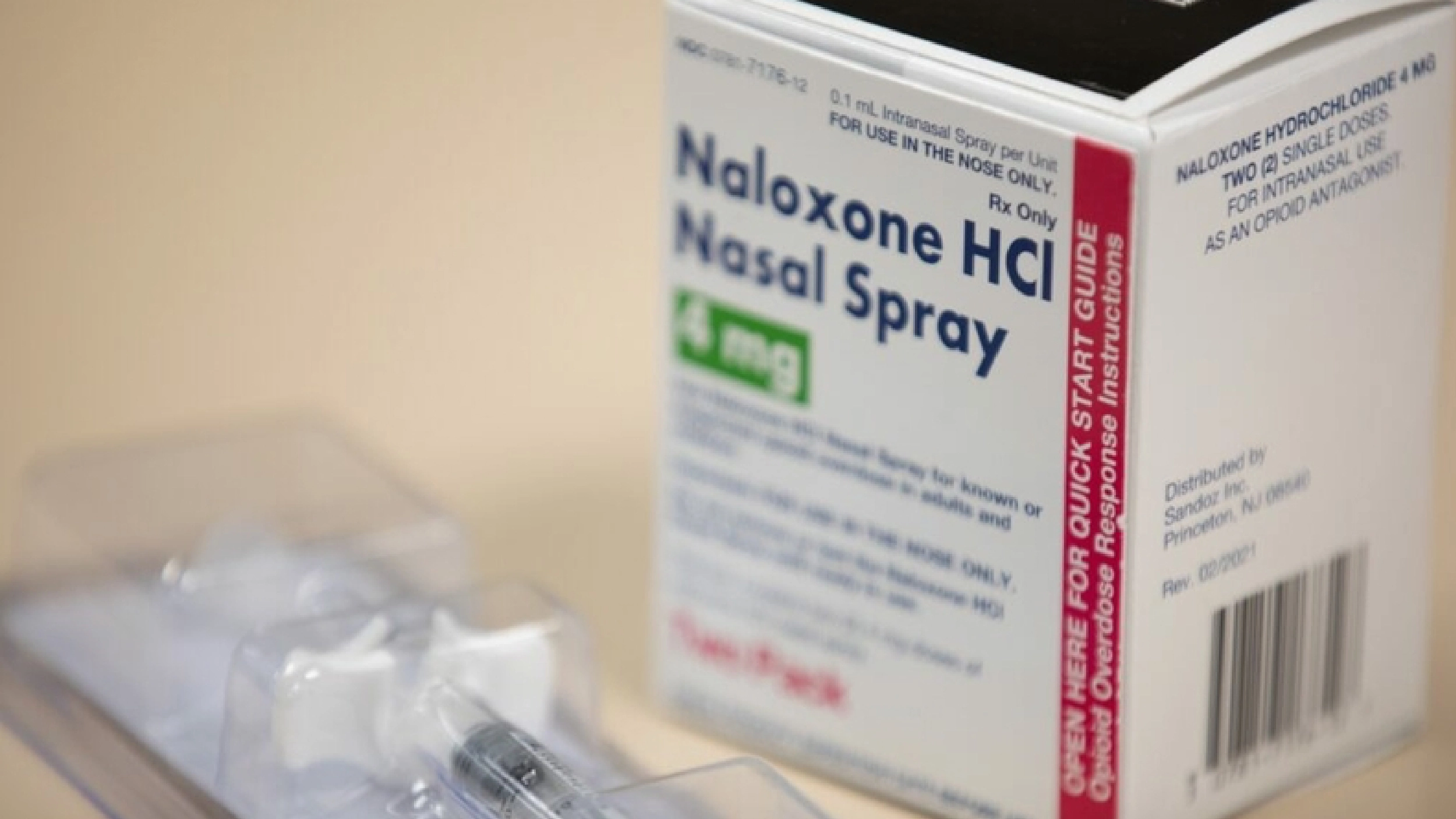
A Guide To Repairing Family Relationships
Discover expert tips for repairing family relationships and fostering healthy connections with The Recovery Team.

Cocaine addiction is a chronic disorder characterized by the compulsive use of cocaine despite the severe risks and consequences it can have on their health. Cocaine is an illicit Schedule II drug with a high potential for abuse.
Cocaine is a white powdered stimulant substance frequently snorted, smoked, or injected. The coca plant leaves, found throughout South America, are used to make cocaine.
The National Institute on Drug Abuse (NIDA) estimates that more than 14% of all Americans aged 12 and older have taken cocaine at some point.
Its perceived favorable effects on mood, motivation, and energy which are seen as boosting focus, boosting sociability, lowering shyness, and more, contribute to its popularity as a recreational drug.
Continue reading to learn about the symptoms of cocaine addiction, the cause & risk factors, and the effects of cocaine on an individual’s life. Furthermore, we will also discuss some treatment options to get back to an addiction-free life.
Cocaine addiction is hard to overcome, but help is available. Contact a treatment provider to learn more about treatment programs that can help you to get rid of the addiction and get back to poison free life. Consulting a healthcare provider can also help you a lot. Your healthcare provider can guide you.
Cocaine detox or other forms of treatment such as therapy sessions, counseling, and support groups recommend a supervised medical detox treatment program to overcome the addiction and achieve long-term sobriety most effectively.
If you are looking for help, seek professional help from The Recovery Team at affordable price tags. Call us at (800) 817-1247 to learn more about our treatment programs and service charges.
Symptoms of cocaine addiction can include:
In case you notice any of the above-discussed withdrawal symptoms, get professional help immediately.
You should seek professional assistance if you notice symptoms such as mood swings, social isolation, runny nose, weight loss, changes in sleep, nausea, and vomiting. You can start locating professional help by contacting your family doctor, contacting your insurance provider to discover a treatment that will match your financial budget, or calling a rehab facility directly to speak to an admissions supervisor.
You can stay on the right path to sobriety by discussing your past drug use, the dangers of cocaine addiction, and what gave rise to cocaine consumption with a specialist.
Many factors contribute to addiction, so getting help is crucial as soon as you or a loved one recognize that they are having problems with substance misuse.
Enrolling in substance abuse treatment is the best and most efficient strategy to cure addiction and achieve long-lasting recovery.
If you are looking for the treatment of cocaine dependence for your loved contact the recovery team for help. We offer many effective treatment programs to help people get back to a healthy life at easy-to-fall price tags.
Our customer support is around the clock available to answer your questions taking admission.
Cocaine is a highly addictive drug used by people in united America despite knowing the harmful side effects on physical health and well-being. Multiple reasons contribute to addiction to drugs such as cocaine.
People start to take medications due to mental heal taking medicines due to mental health disorders, peer pressure, environmental factors, drug availability, and using drugs, especially cocaine.
It is advised to seek medical help immediately to eliminate negative consequences.
Below causes mentioned are often responsible for cocaine addiction.
Genes can play a significant role in the onset of addiction, as some people have a genetic predisposition to addiction. People with a first-degree relative, like a parent, child, or sibling with an addiction, may have an increased risk of developing an addiction.
Cocaine has a significant potential for abuse, is physically and psychologically addictive, and puts users at serious risk for health problems. Because of this, it is categorized in the United States as a Schedule II controlled substance by the Drug Enforcement Administration (DEA).
People may take cocaine frequently to avoid unpleasant withdrawal symptoms due to the negative consequences, which may contribute to the tolerance-building process.
When more frequent and increased use is required to produce the same level of favorable effects (or high) and temporarily lessen the adverse consequences of cocaine withdrawal, tolerance develops.
It is apparent addiction, whether it’s cocaine, alcohol, or heroin, occurs due to underlying reasons or factors that make people who abuse drugs dependent.
Understanding them before going to a rehab center and starting medical treatment is essential. Knowing the underlying risk factors can help to refrain from addiction and get practice sobriety in the long term.
The following are a few risk factors that can contribute to cocaine addiction in people and result in harmful results.
Drug availability is the most common risk factor for causing addiction. Research has found that people typically start taking drugs when they are easily found in their homes and can quickly get them from local stores.
Social pressure from peers, friends, and family is a severe risk factor, especially for young people in danger of starting to abuse drugs. Even the use of social media is also thought to be a source of pressure for people. People who use social media usually adopt trending things neglecting the harsh consequences.
Addiction risk can be boosted by challenging family dynamics, a lack of connection to your parents or siblings, and parental supervision.
Many persons who develop a drug or cocaine addiction may experience disrupted friendships and family ties.
People who lack a solid social network may turn to addictive substances as a coping mechanism for feelings of isolation or depression.
Cocaine can result in negative results, effects, and impacts. It can be short-term and long-term. Cocaine use disorder can affect your physical health as well as your mental health.
Below are the effects that cocaine can have on your well-being.
Drugs can cause safety issues, whether alcohol, heroin, or cocaine. When people use cocaine, they are at higher risk of experiencing safety issues such as vehicle accidents, physical injuries, brain damage, and even death.
Research has proved that narcotics users are more likely to destroy their relationships. Drug addiction can result in breakups in life partners and relationships with parents and siblings.
People, especially young adults, start to miss meet-ups with their parents and life partners for privacy to use cocaine. Avoiding your relationships can hurt both genders and become a source of unhappiness and restlessness.
It can also have a harmful effect on your mental health. If you are experiencing cocaine addiction to mend your relationship with your loved ones, you should stop taking the drug.
Cocaine addiction affects employment badly. Cocaine dependence typically makes people idle and neglect work responsibilities. Ignoring work responsibilities can result in loss of job and financial issues.
Young adults who don’t have enough money to buy cocaine start to steal from their parents or older family members.
Heart damage is a severe risk of cocaine misuse. Cocaine usage can lead to several cardiovascular problems, including ischemic heart disease, abnormal cardiac rhythms, hypertension, and cardiomyopathy, both immediately and over time.
Intravenous cocaine can cause heart valve and heart chamber lining irritation and infection (endocarditis).
Kidney disease is also linked to cocaine use. The inflammation of crucial microstructures within this organ is suspected to be connected to long-term cocaine usage.
Even recreational cocaine users run the danger of experiencing brain changes that have a negative impact on their lives. Deficits in cognitive function, attention, and decision-making are linked to long-term cocaine use.
Detoxification, individual counseling, and group therapy are all available forms of cocaine addiction treatment. For advice on other drug services, consult your doctor.
The first step in beating a cocaine addiction is cocaine detoxification, sometimes referred to as detox. People going through withdrawal are kept safe and comfortable in a medical environment throughout detox to get sober and achieve long-term recovery.
Detoxification’s primary objective is to return the body to its natural state of chemical equilibrium after removing the stimulant from the system.
Depending on variables, including the amount of cocaine consumed and the length of the addiction, this process may take days to weeks to complete, although it typically takes two weeks.
One of the effective ways to overcome a cocaine addiction is through inpatient care. Residential rehabs offer a setting where those seeking to quit using drugs won’t be lured to consume cocaine.
Rehab programs typically last 30 to 90 days. However, they might extend longer depending on the patient’s needs. Inpatient rehab is beneficial for those who do not have a robust support system at home or have a severe addiction. It is considered the safest option for chronic users of cocaine and those who have relapsed before.
Below mentioned behavioral therapies are utilized to treat cocaine addiction.
Cognitive behavioral therapy is the most effective form of addiction treatment routinely employed throughout drug rehabilitation.
Numerous efficient strategies have been developed from a general behavioral treatment approach. It helps people to learn advanced techniques that can help them to deal with stressful situations and refrain from harmful drugs.

Discover expert tips for repairing family relationships and fostering healthy connections with The Recovery Team.

Discover practical tips on how to set boundaries with people in this expert guide from The Recovery Team.

Naloxone saves lives. The Recovery Team shares how to reverse an opioid overdose with this drug.
Cocaine is highly addictive for several reasons. Cocaine stimulates the brain’s pleasure centers, resulting in dopamine release. This creates positive reinforcement in the form of euphoria, excitement, and alertness.
Cocaine’s intense but brief high is another as it can lead to additional use immediately.
As a person’s tolerance to the drug increases, their use of higher amounts can also contribute to developing a substance use disorder.
Cocaine is a highly addictive illegal drug used by people worldwide. The most common underlying causes of cocaine use disorder are:
Cocaine has a high potential for addiction and physical and psychological dependence and poses serious health risks to users. People can lose their career opportunities and destroy relationships with their loved ones.